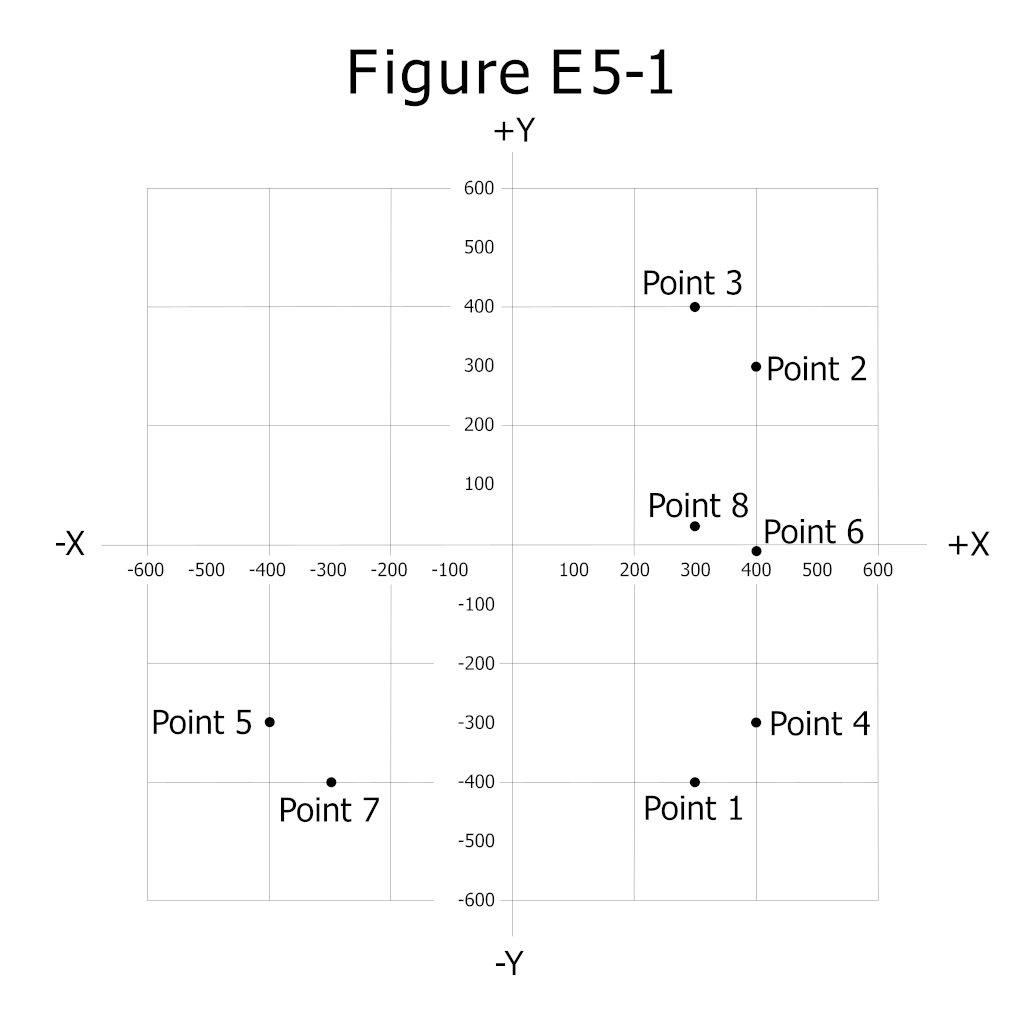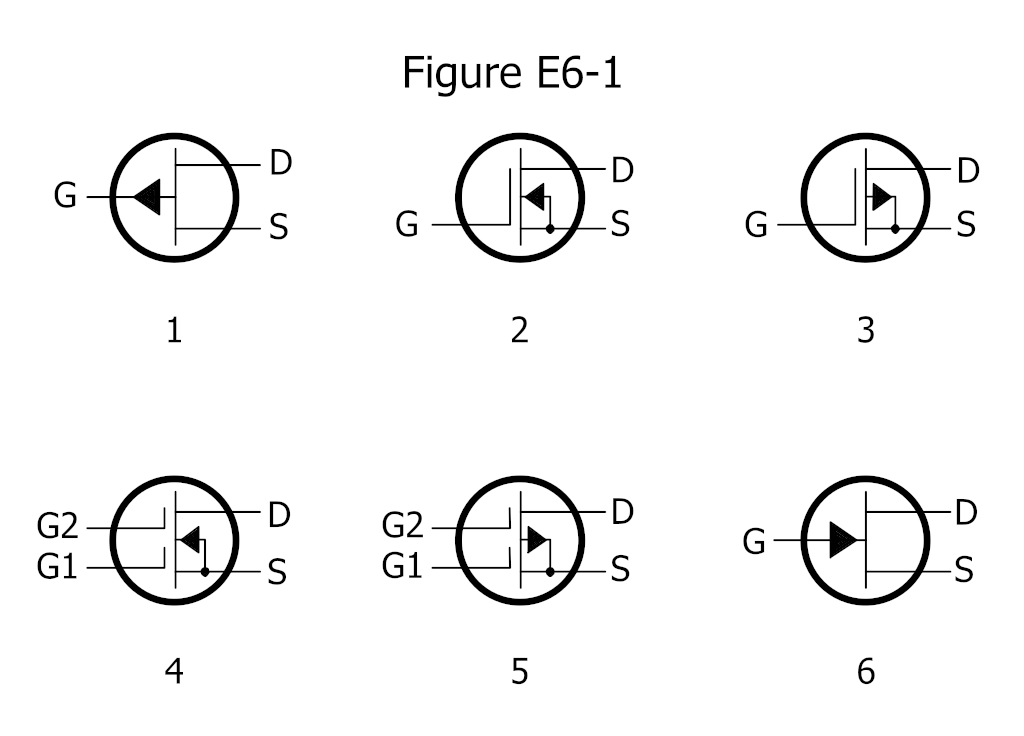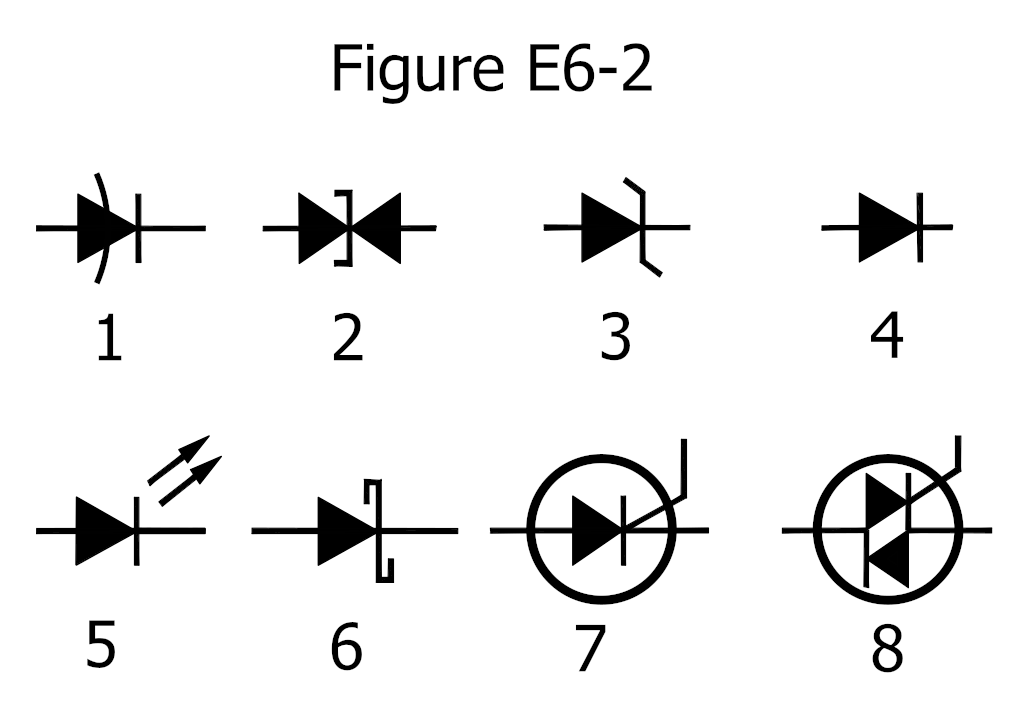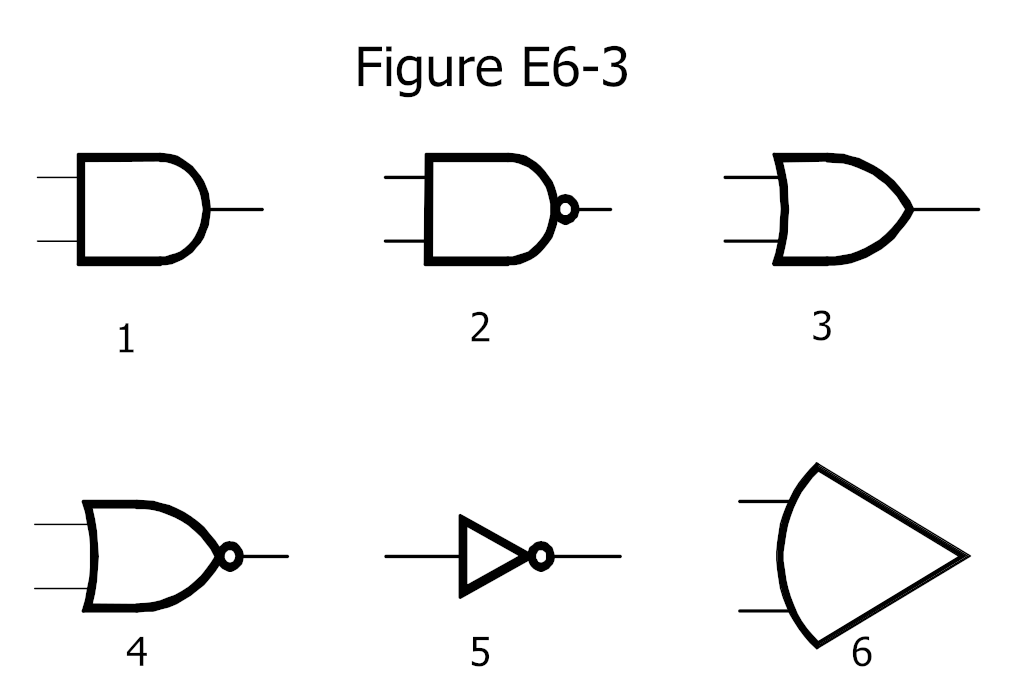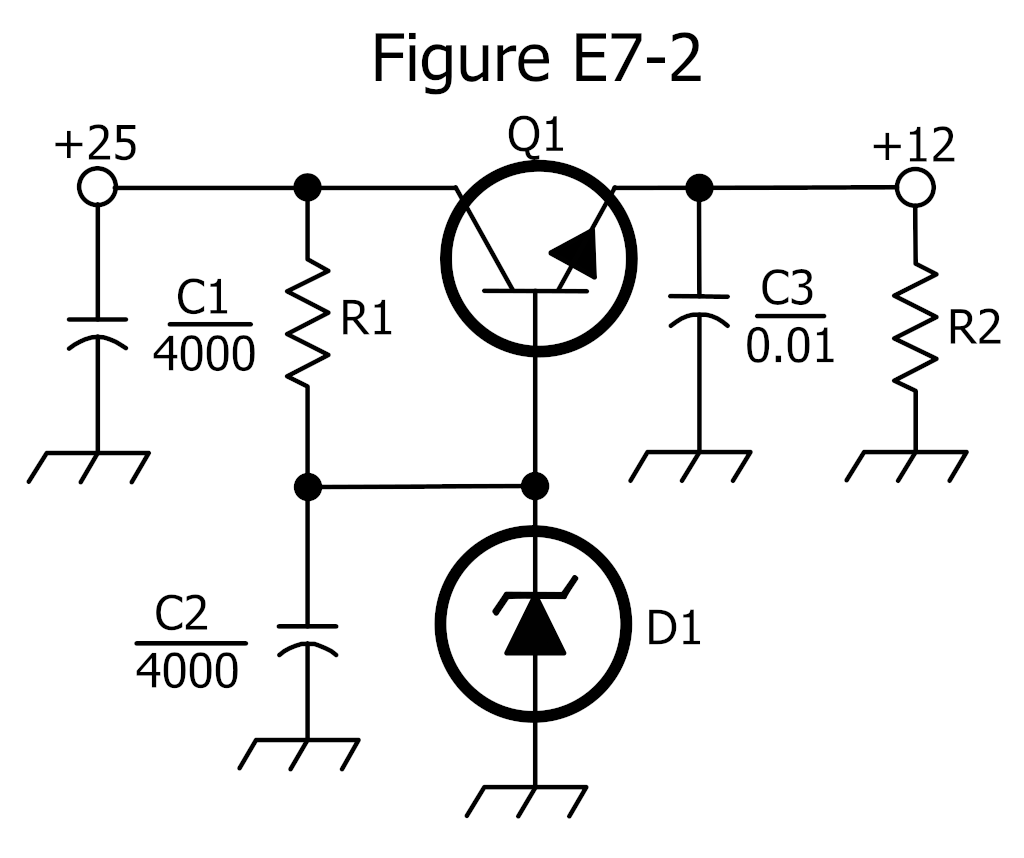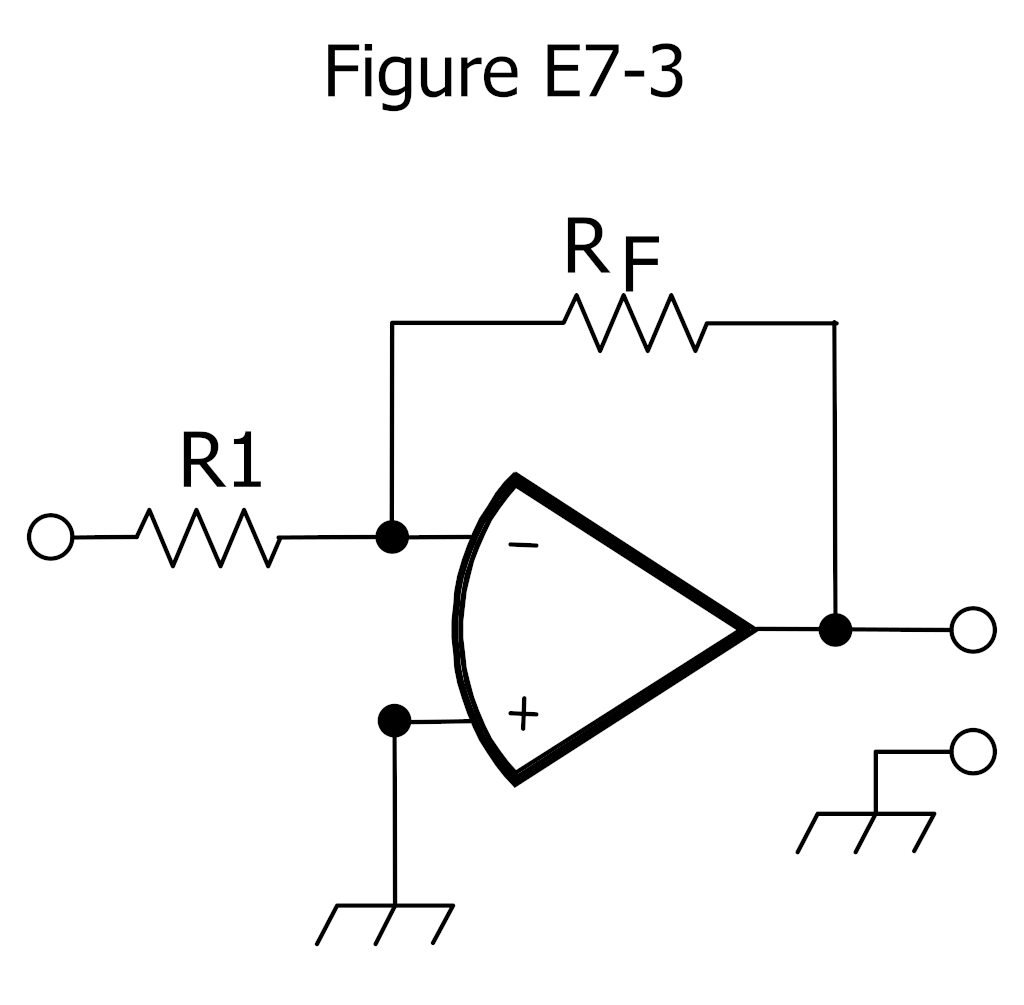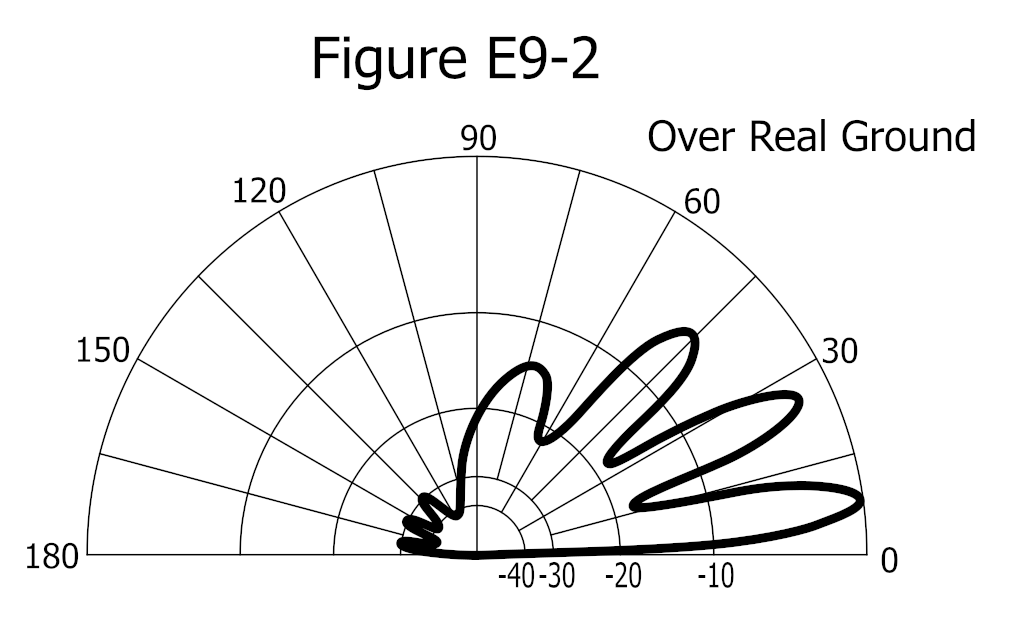Group E5C - Coordinate systems and phasors in electronics: rectangular coordinates; polar coordinates; phasors; logarithmic axes
E5C01 (A)
Which of the following represents pure capacitive reactance of 100 ohms in rectangular notation?
- A. 0 - j100
- B. 0 + j100
- C. 100 - j0
- D. 100 + j0
E5C02 (C)
How are impedances described in polar coordinates?
- A. By X and R values
- B. By real and imaginary parts
- C. By magnitude and phase angle
- D. By Y and G values
E5C03 (C)
Which of the following represents a pure inductive reactance in polar coordinates?
- A. A positive 45 degree phase angle
- B. A negative 45 degree phase angle
- C. A positive 90 degree phase angle
- D. A negative 90 degree phase angle
E5C04 (D)
What type of Y-axis scale is most often used for graphs of circuit frequency response?
- A. Linear
- B. Scatter
- C. Random
- D. Logarithmic
E5C05 (C)
What kind of diagram is used to show the phase relationship between impedances at a given frequency?
- A. Venn diagram
- B. Near field diagram
- C. Phasor diagram
- D. Far field diagram
E5C06 (B)
What does the impedance 50 - j25 ohms represent?
- A. 50 ohms resistance in series with 25 ohms inductive reactance
- B. 50 ohms resistance in series with 25 ohms capacitive reactance
- C. 25 ohms resistance in series with 50 ohms inductive reactance
- D. 25 ohms resistance in series with 50 ohms capacitive reactance
E5C07 (D)
Where is the impedance of a pure resistance plotted on rectangular coordinates?
- A. On the vertical axis
- B. On a line through the origin, slanted at 45 degrees
- C. On a horizontal line, offset vertically above the horizontal axis
- D. On the horizontal axis
E5C08 (D)
What coordinate system is often used to display the phase angle of a circuit containing resistance, inductive, and/or capacitive reactance?
- A. Maidenhead grid
- B. Faraday grid
- C. Elliptical coordinates
- D. Polar coordinates
E5C09 (A)
When using rectangular coordinates to graph the impedance of a circuit, what do the axes represent?
- A. The X axis represents the resistive component, and the Y axis represents the reactive component
- B. The X axis represents the reactive component, and the Y axis represents the resistive component
- C. The X axis represents the phase angle, and the Y axis represents the magnitude
- D. The X axis represents the magnitude, and the Y axis represents the phase angle
